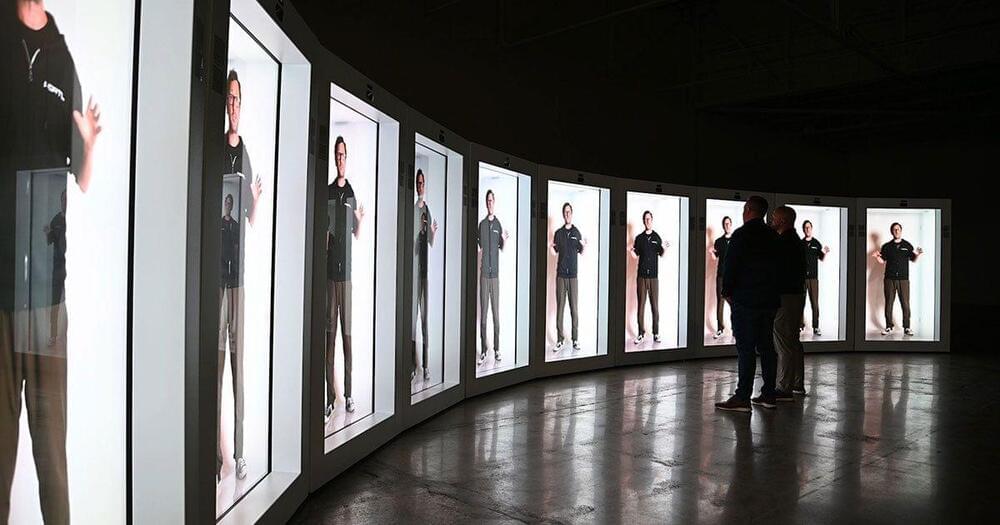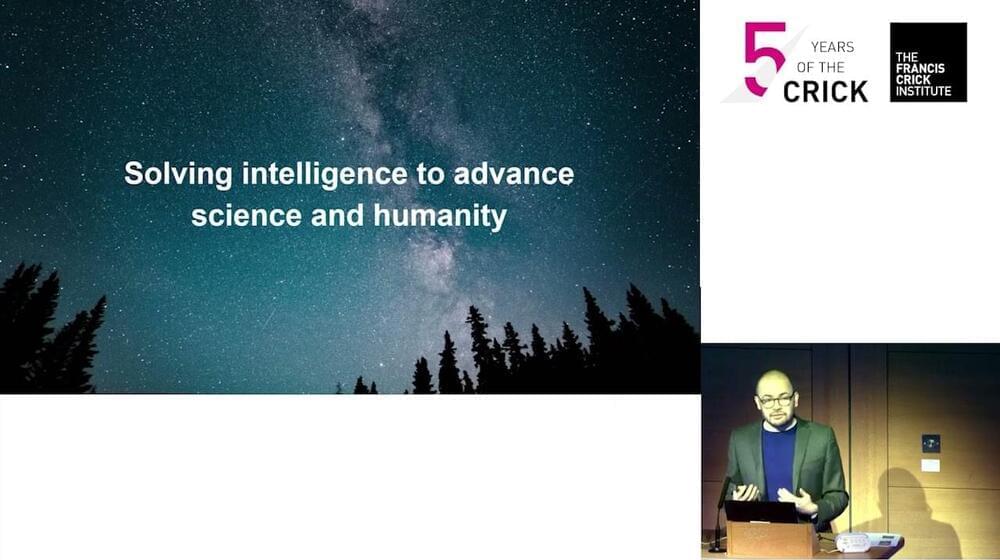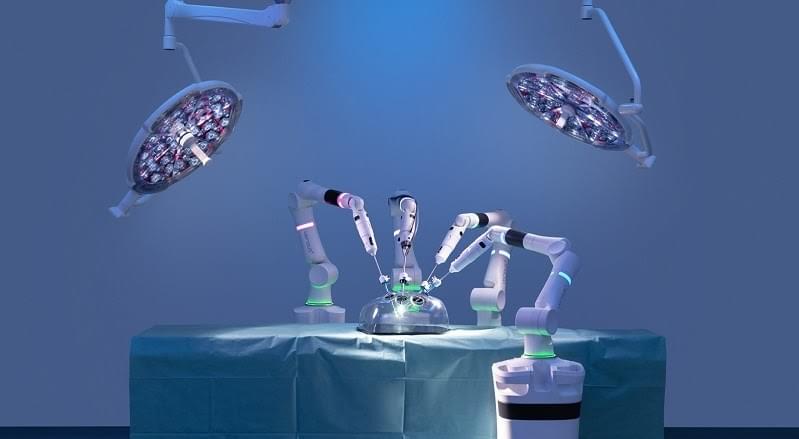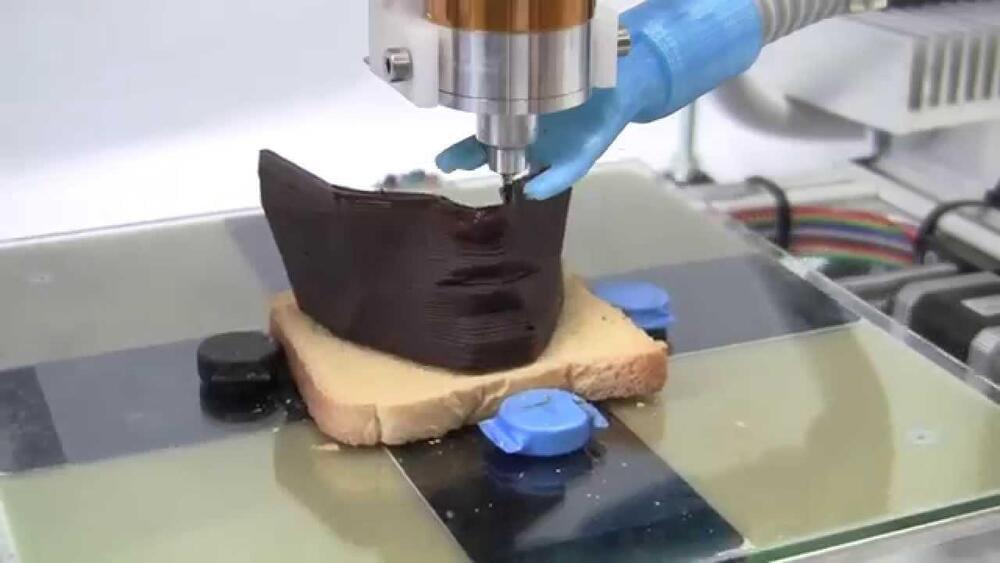
The CRISPR gene-editing system is a powerful tool that could revolutionize medicine and other sciences, but unfortunately it has a tendency to make edits to the wrong sections of DNA. Now, researchers at the University of Texas at Austin have identified a previously unknown structure of the protein that drives these mistakes, and tweaked it to reduce the likelihood of off-target mutations by 4,000 times.
CRISPR tools use certain proteins, most often Cas9, to make precise edits to specific DNA sequences in living cells. This can involve cutting out problematic genes, such as those that cause disease, and/or slotting in beneficial ones. The problem is that sometimes the tool can make changes to the wrong parts, potentially triggering a range of other health issues.
And in the new study, the UT researchers discovered how some of these errors can happen. Usually, the Cas9 protein is hunting for a specific sequence of 20 letters in the DNA code, but if it finds one where 18 out of 20 match its target, it might make its edit anyway. To find out why this occurs, the team used cryo-electron microscopy to observe what Cas9 is doing when it interacts with a mismatched sequence.


















